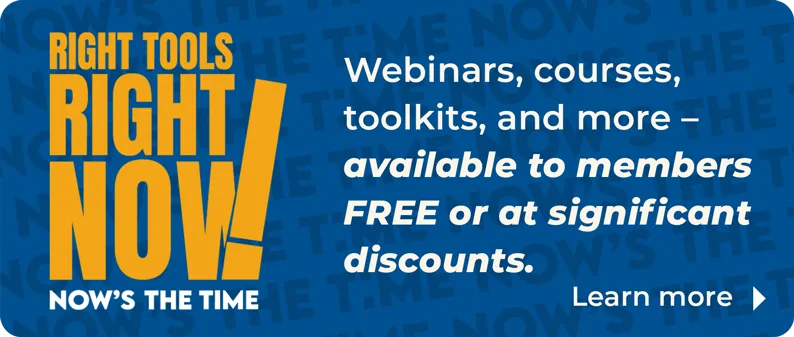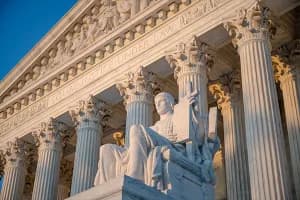Due to the coronavirus pandemic, the job market and the economy have changed drastically. We are seeing record highs of filings for unemployment as well as many families are trying to figure out how to manage the financial wellness of their households. Nadia Evangelou, a Senior Economist at NAR, just wrote a blog post on families struggling to pay their rent and mortgage. She states “Nationwide, while more than 26 million people lost their jobs, it is estimated that 11 million people struggle to pay their mortgage payment or rent. These people represent nearly 42% of the households across the country”.
There have been moratoriums put in place so landlords cannot evict tenants from not paying their rents. Some landlords are offering payment plans to help their tenants out. Thankfully there are similar plans in place for homeowners as well. For those who may have lost their job and are unable to pay their mortgage, there are options for paying your mortgage and avoiding foreclosure. Homeowners can apply for a forbearance on their home loan. The CFPB defines a forbearance as “A forbearance is when your mortgage servicer or lender allows you to temporarily pay your mortgage at a lower payment or pause paying your mortgage. You will have to pay the payment reduction or the paused payments back later”.
Homeowners should contact their lender or servicer to see if their mortgage is backed by the government and check to see what their forbearance or payment options will be. This will vary by state and by lender. Understanding your payment options is of great importance. There are some options where homeowners can pay a portion of their mortgage and roll the balance of the payment to the end of the agreed term. Some lenders are allowing homeowners payment plans. Some lenders will give you and option up to 6 months and at that time you can assess your financial situation and if you need to extend it. Homeowners need to keep in mind that these payments still include interest and some lenders may require you to make a lump-sum payment at the end of the agreed forbearance term. You must be clear on the terms.
On May 13th, 2020 FHFA announced a payment deferral as a new payment option. “For homeowners in forbearance due to COVID-19, payment deferral allows them to make up missed forbearance payments when they sell their home or refinance,” said FHFA Director Mark Calabria. “This new forbearance repayment solution responsibly simplifies options for homeowners while providing an additional tool for mortgage servicers. Borrowers who can pay their mortgage should, because missed payments remain an obligation that will ultimately have to be repaid.” Lenders will begin offering the payment deferral repayment option starting July 1, 2020.
- If your home is backed by the USDA, check your options here.
- If you home is backed by Fannie Mae, check your options here.
- If your loan is backed by Freddie Mac, check your options here.
Mortgages in Forbearance
The charts below reflect the change in the forbearance loans and the impact that the COVID-19 virus has had on the mortgage sector. The data is from the Mortgage Bankers Association. The data represents the share of the loans in forbearance.

More than half of home loans are backed by government agencies like Fannie Mae, Freddie Mac, and Ginnie Mae. We can see in this chart that total forbearance loans have spiked from 0.25% in March 2020 to 8.16% on May 10, 2020.

Looking at a government-backed portion of the mortgage market we can see Ginnie Mae experienced the largest growth in loans. The biggest jump occurred the week of April 19th. The record filings for unemployment has “led to nearly 7 percent - 3.5 million - of all mortgage borrowers asking to be put into forbearance plans. For FHA and VA borrowers, the share of loans in forbearance is even higher, at 10 percent," said Mike Fratantoni, MBA's Senior Vice President and Chief Economist.

Another portion of government-backed loans Fannie Mae and Freddie Mac forbearance loans have continued to increase from 1.69% to 6.25% from March 30, 2020, to May 10, 2020. These levels are gradually slowing down.

The independent mortgage bank loans are a very important piece of this picture because these represent the loans that are not backed by the government. Independent mortgage bank loans grew from 3.45% to 7.85% from March 2, 2020, to May 10, 2020. Support for this portion of the economy will be important especially when the moratorium is lifted on evictions and foreclosures.









